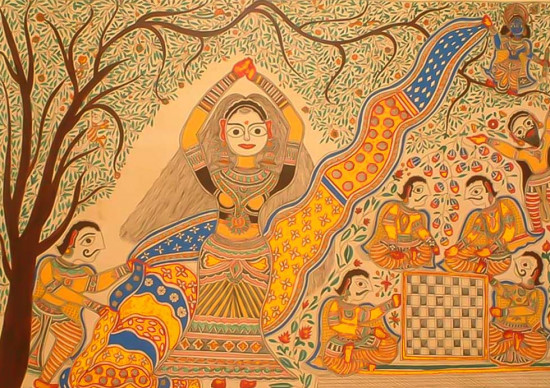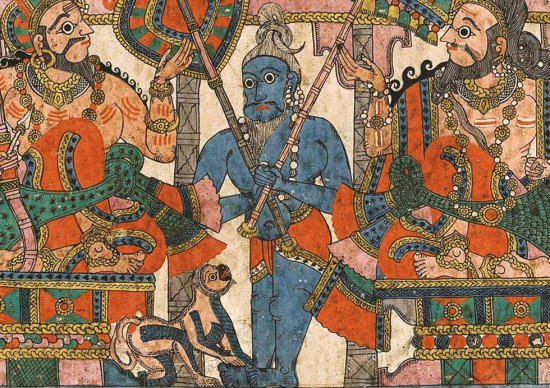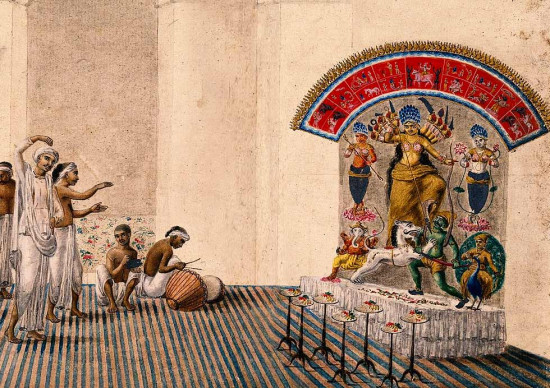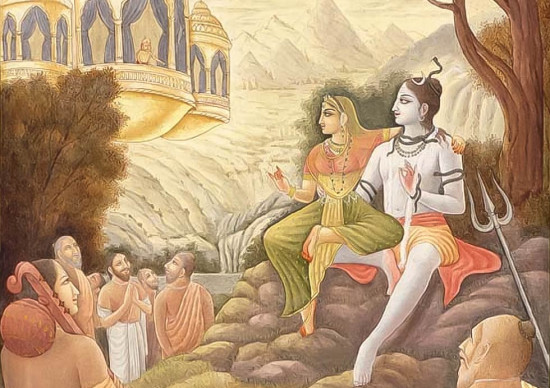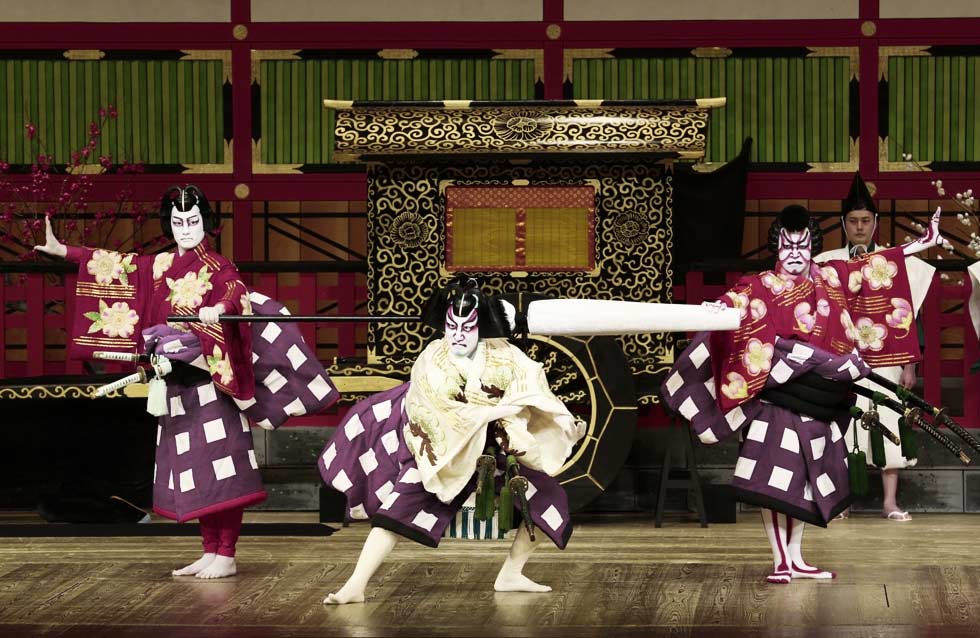
Kabuki Dance-Drama
Kabuki is the most famous and ancient dance drama art in Japan. The music, dance, and mime in kabuki are expertly combined, and the staging and costumes are stunning. Kabuki Characters Banzuke is a woodblock print, in which you can see artists performing.
A variety of stage elements, such as kumadori cosmetics, costumes, and most importantly, the actors’ exaggerated actions, are used in the performance, along with a distinctly rhythmic soundtrack.
A variety of stage elements, such as kumadori cosmetics, costumes, and most importantly, the actors’ exaggerated actions, are used in the performance, along with a distinctly rhythmic soundtrack.
Because traditionally expressed Japanese can be challenging to understand, even for Japanese people, the actors’ postures and actions are essential to understanding the execution.
Kabuki’s Origin
Kabuki originated in Japan in the Edo period. It was started by a lady. At that time, only ladies used to be part of kabuki and play both male and female roles. Lzomi no Okuni is the one who started this. She is the creator of Kabuki. The Cast of Kabuki Characters is a famous woodblock printing, in which you can see female artists performing Kabuki.
Later in the Edo era, the Tokugawa shogunate forbade women from performing, and men took over both roles. Along with noh and bunraku, Japan’s traditional art form is recognized as one of the country’s three major classical theaters.ansformation dances.
Kabuki originated in Japan in the Edo period. It was started by a lady. At that time, only ladies used to be part of kabuki and play both male and female roles. Lzomi no Okuni is the one who started this. She is the creator of Kabuki. The Cast of Kabuki Characters is a famous woodblock printing, in which you can see female artists performing Kabuki.
Later in the Edo era, the Tokugawa shogunate forbade women from performing, and men took over both roles. Along with noh and bunraku, Japan’s traditional art form is recognized as one of the country’s three major classical theaters.ansformation dances.

Kabuki Theatre Plays
Kabuki theater plays most of the time have shows based upon a historical event, contemporary, domestic plays, and dance. These are the three main categories of Kabuki Plays. In the Japanese language, they had different names, all three are mentioned below:
Kabuki theater plays most of the time have shows based upon a historical event, contemporary, domestic plays, and dance. These are the three main categories of Kabuki Plays. In the Japanese language, they had different names, all three are mentioned below:
Historical Plays-Jidaimono
The Jidaimono are plays, with themes that are very different from the daily lives of the townspeople that made up the majority of the Edo Period Kabuki audience. Such plays were based on events that occurred long before the Edo Period, such as those involving samurai or court noble society. Kabuki Samurai and Peonies, 1861 This is a famous woodblock print of Jidaimono play.
A few of these plays did mention the characters and events from the Edo Period. However, in order to escape the Tokugawa shogunate’s prohibitions and taboos on stories about more recent episodes.
These plays hid that by using names and events from more ancient periods. The historical accuracy of these plays was not always accurate. Literature based on historical events or folktales was widely used, and playwrights frequently rewrote history in imaginative ways.
Contemporary and Domestic Plays-Sewamono
The term “Sewa-mono” describes modern plays. The contents were more relatable and intended to appeal to Edo Period villagers as opposed to jidai-mono. Sewa-mono is, in other words, a repertory that is centered on themes and events that depict the social mores and traditions of the average person.
Usually, realistic acting and staging are employed to depict the tension between love and duty in regular people’s daily lives. The term “kiszewa-mono,” on the other hand, was developed to refer to real-life stories of ordinary people in the lower socioeconomic class.
Jidai-sewa is the term for tales about human relationships between regular people that fall under the general category of jidai-mono and are stylized to some extent.
Kabuki Dance-Shosagoto
Dance or dance dramas are referred to as shosagoto. Kabuki originated as a sort of dance, and occasionally plays are nothing more than elaborate dance displays. In other cases, the dance segments of plays are created independently and presented as separate shows.
In the beginning, only the female characters’ dancing was shown. But starting in the late 18th century, male character dances were also performed. This resulted in a presentation where one actor danced to numerous characters. They are referred to as henge-buyo programs and transformation dances.
The Jidaimono are plays, with themes that are very different from the daily lives of the townspeople that made up the majority of the Edo Period Kabuki audience. Such plays were based on events that occurred long before the Edo Period, such as those involving samurai or court noble society. Kabuki Samurai and Peonies, 1861 This is a famous woodblock print of Jidaimono play.
A few of these plays did mention the characters and events from the Edo Period. However, in order to escape the Tokugawa shogunate’s prohibitions and taboos on stories about more recent episodes.
These plays hid that by using names and events from more ancient periods. The historical accuracy of these plays was not always accurate. Literature based on historical events or folktales was widely used, and playwrights frequently rewrote history in imaginative ways.
Contemporary and Domestic Plays-Sewamono
The term “Sewa-mono” describes modern plays. The contents were more relatable and intended to appeal to Edo Period villagers as opposed to jidai-mono. Sewa-mono is, in other words, a repertory that is centered on themes and events that depict the social mores and traditions of the average person.
Usually, realistic acting and staging are employed to depict the tension between love and duty in regular people’s daily lives. The term “kiszewa-mono,” on the other hand, was developed to refer to real-life stories of ordinary people in the lower socioeconomic class.
Jidai-sewa is the term for tales about human relationships between regular people that fall under the general category of jidai-mono and are stylized to some extent.
Kabuki Dance-Shosagoto
Dance or dance dramas are referred to as shosagoto. Kabuki originated as a sort of dance, and occasionally plays are nothing more than elaborate dance displays. In other cases, the dance segments of plays are created independently and presented as separate shows.
In the beginning, only the female characters’ dancing was shown. But starting in the late 18th century, male character dances were also performed. This resulted in a presentation where one actor danced to numerous characters. They are referred to as henge-buyo programs and transformation dances.

